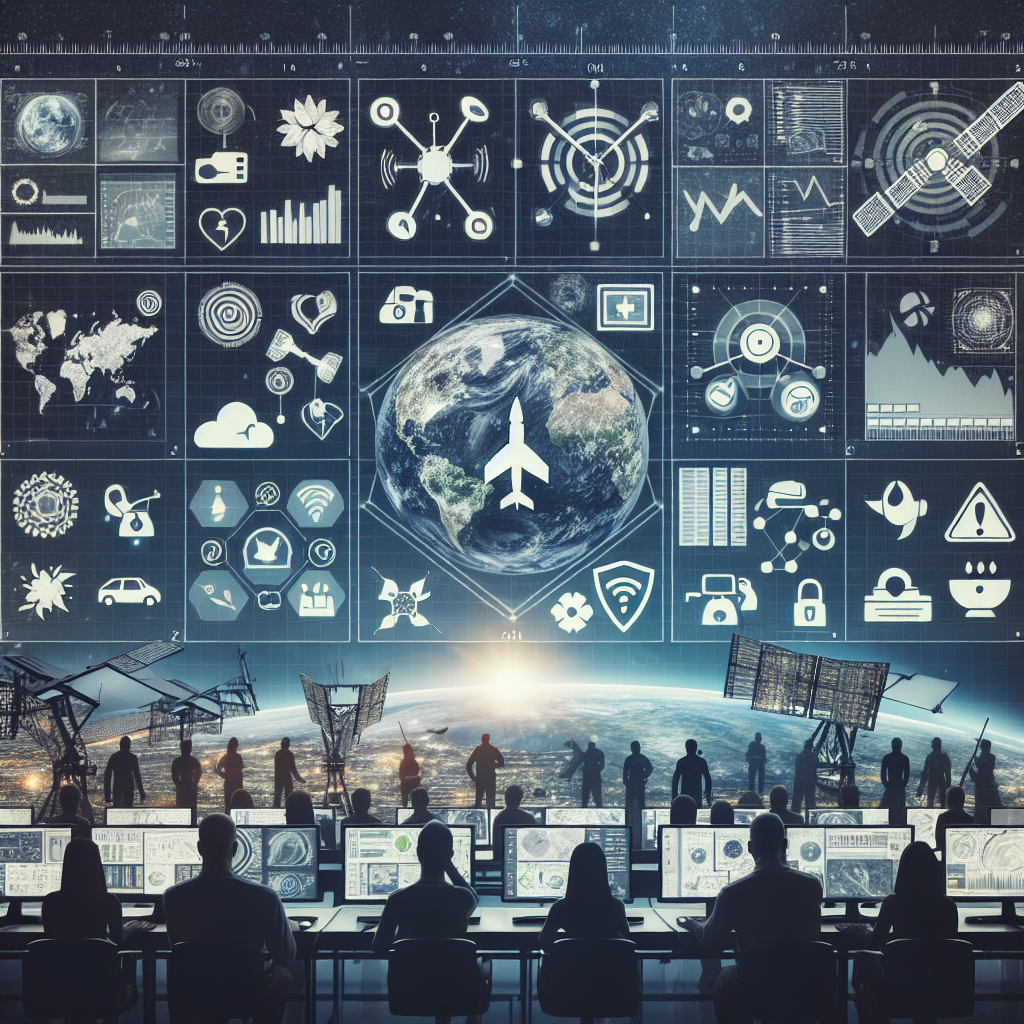Your cart is currently empty!
Remote Monitoring: A Key Tool for Disaster Response and Recovery

In today’s fast-paced world, disasters can strike at any moment. From natural calamities such as hurricanes and earthquakes to man-made incidents like terrorist attacks and industrial accidents, the need for effective disaster response and recovery strategies has never been more crucial. Remote monitoring is emerging as a key tool in the arsenal of emergency management professionals, providing real-time data and insights that can help save lives and mitigate the impact of disasters.
Remote monitoring involves the use of sensors, cameras, and other technology to collect and transmit data from a distance. This data can include crucial information such as temperature, humidity, air quality, and structural integrity, among others. By monitoring these factors remotely, emergency responders can gain a better understanding of the situation on the ground and make informed decisions quickly.
One of the key advantages of remote monitoring is its ability to provide real-time data. In the event of a disaster, every minute counts, and having up-to-date information can mean the difference between life and death. For example, in the case of a wildfire, remote monitoring can help track the spread of the fire and identify areas at risk, allowing firefighters to deploy resources more effectively.
Remote monitoring can also enhance situational awareness. By collecting data from multiple sources, emergency responders can gain a comprehensive view of the disaster and its impact. This can help them prioritize response efforts and allocate resources where they are needed most.
In addition, remote monitoring can improve the safety of first responders. By providing them with real-time data on environmental conditions and potential hazards, emergency personnel can make more informed decisions and avoid unnecessary risks.
Furthermore, remote monitoring can aid in the recovery phase of a disaster. By monitoring factors such as air quality and water contamination, authorities can assess the extent of damage and plan for cleanup and rebuilding efforts more efficiently.
Overall, remote monitoring is a powerful tool that can enhance disaster response and recovery efforts. By providing real-time data, improving situational awareness, and enhancing the safety of first responders, remote monitoring can help save lives and reduce the impact of disasters on communities. As technology continues to advance, remote monitoring will play an increasingly vital role in emergency management, ensuring that we are better prepared to face whatever challenges may come our way.

Leave a Reply